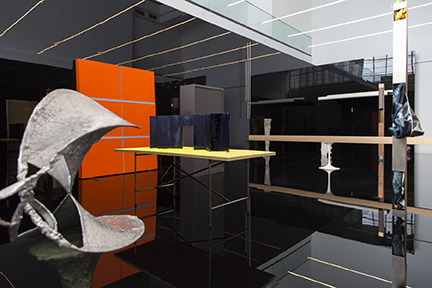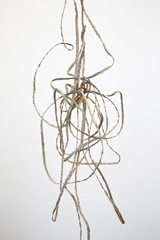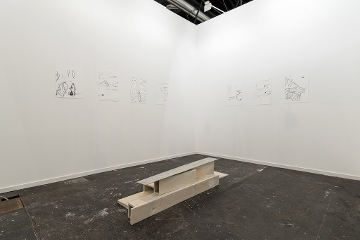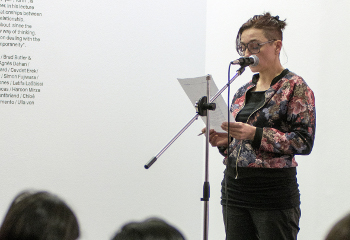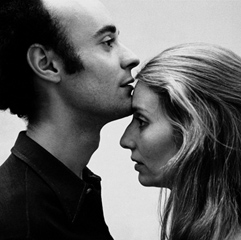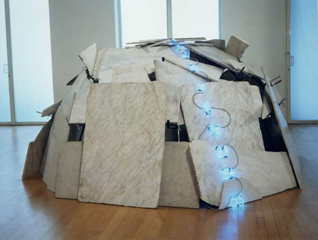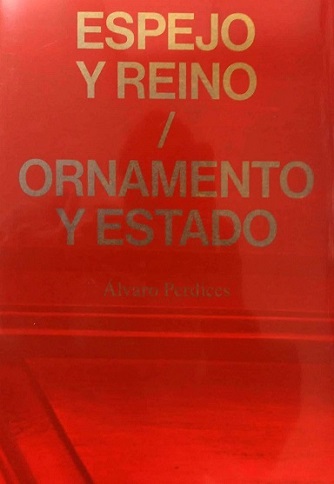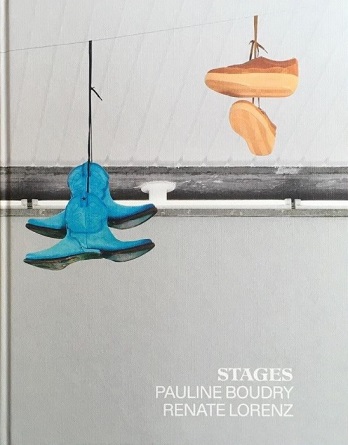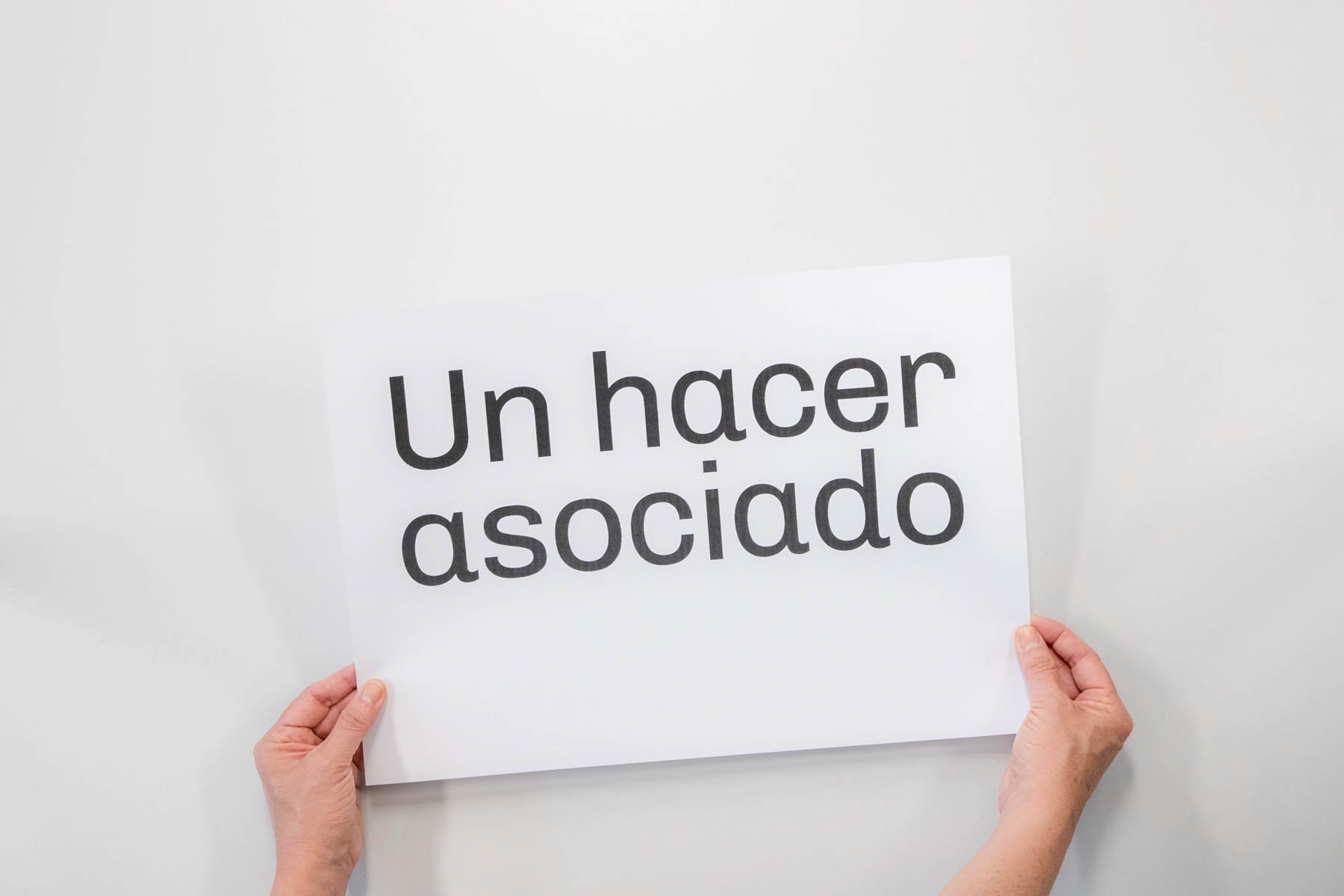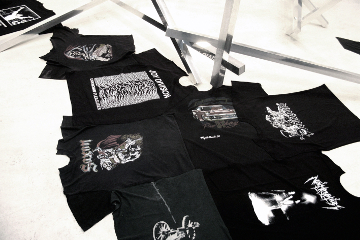
Exploring Ana Laura Aláez’s work is to venture into an artificial paradise of appearance. A world where canons are turned on their heads, identities are polyhedral and ambiguity is a positive value. Ana Laura Aláez’s work has always wandered between truths and fictions, the body and its representations, objects and how we behave towards them.
